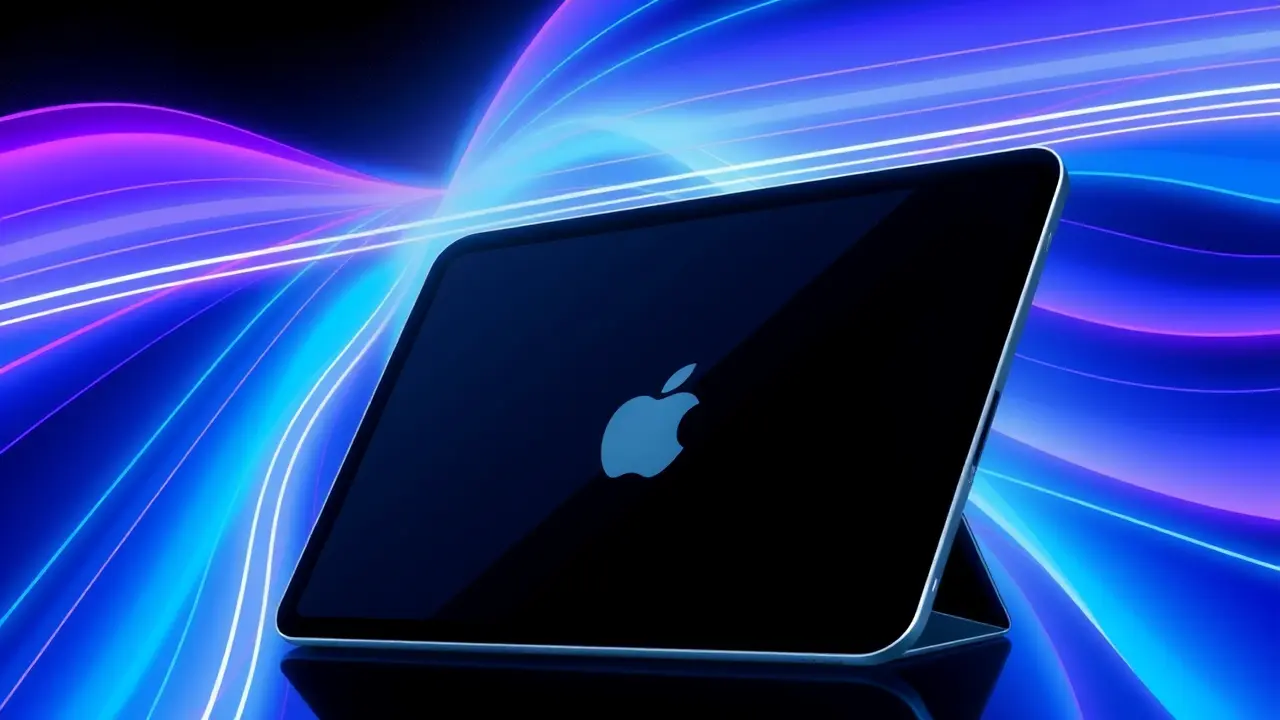Apple iPad Pro (M5, 2025) Review: Tremendously Powerful
The arrival of the Apple iPad Pro with the M5 chip isn't merely an incremental update; it's a definitive statement in the long-standing architectural debate over the fundamental nature of personal computing. As an AI researcher, observing this device feels akin to watching a large language model finally solve a reasoning chain-of-thought problem it had previously fumbled—the raw computational power was never truly in question, but the coherent, context-aware application of that power is what finally unlocks its potential.The M5 chip itself is a marvel of silicon engineering, a system-on-a-chip that arguably surpasses the thermal and performance envelope of many desktop-class processors, yet its true significance is rendered almost mundane by its sheer expectedness in Apple's trajectory. We've moved past the stage of being astonished by tablet chips that outperform laptops; the real story, the paradigm shift, lies in iPadOS 26.This iteration of the operating system is the 'agent' that finally understands its 'prompt'—the user's intent for a desktop-class workflow. It’s the software layer that stops treating the hardware like a giant iPhone and starts treating it like the heterogeneous computing platform it has physically been for years.The new stage manager isn't just a feature; it's a philosophical pivot towards true multitasking, allowing complex, overlapping workflows that were previously the exclusive domain of macOS or Windows. Imagine running a local instance of a fine-tuned Llama model in one window, real-time data visualization in another, and a video rendering task in the background, all on a device that is, form-factor-wise, a slate of glass and aluminum.This is where the iPad Pro transcends the 'tablet' category and enters the realm of a portable compute node. The historical precedent here is fascinating.One could draw a parallel to the early mainframe era, where computing power was centralized and inaccessible, followed by the personal computer revolution that democratized access. The iPad Pro with M5 and iPadOS 26 represents a third wave: the consolidation of immense, personalized compute into an ultra-portable form factor, effectively making the supercomputer personal and pervasive.Expert commentary from software developers and creative professionals who have had early access consistently highlights this seamlessness; the friction of file management, app interoperability, and external display support has been dramatically reduced, finally aligning the software experience with the hardware promise. The possible consequences are profound for entire industries, from field researchers running on-device AI analysis to architects manipulating complex 3D models on-site.The analytical insight is clear: Apple is no longer just competing with other tablets. With this configuration, it is systematically blurring the lines and creating a new category that directly challenges the ultra-portable laptop, forcing a re-evaluation of what we need from our primary computing devices. The tremendous power of the M5 is merely the engine; iPadOS 26 is the intelligent navigation system that finally makes the journey worthwhile.
It’s quiet here...Start the conversation by leaving the first comment.
© 2025 Outpoll Service LTD. All rights reserved.
